The space environment is harsh and full of extreme radiation. Scientists designing spacecraft and satellites need materials that can withstand these conditions.
Get the latest international news and world events from around the world.
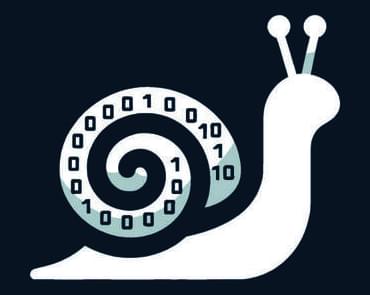
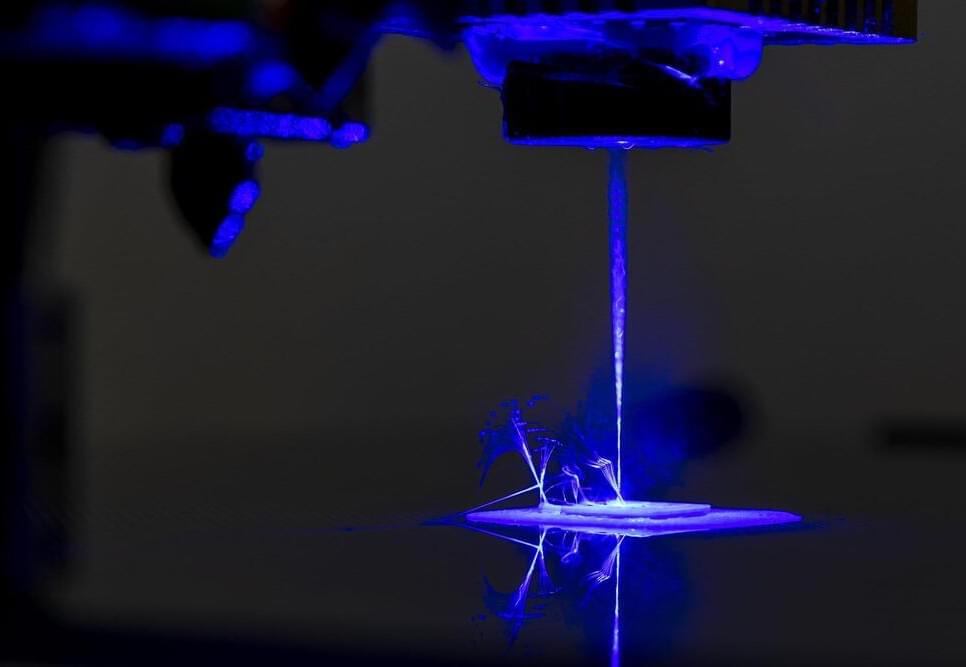
No assembly required: Innovative 3D printing method streamlines multi-materials manufacturing
University of Missouri researchers have developed a way to create complex devices with multiple materials—including plastics, metals and semiconductors—all with a single machine.
The research, which was recently published in Nature Communications, outlines a novel 3D printing and laser process to manufacture multi-material, multi-layered sensors, circuit boards and even textiles with electronic components.
It’s called the Freeform Multi-material Assembly Process, and it promises to revolutionize the fabrication of new products.
First chemist in history may have been a female perfumer—how the science of scents has changed since
Perfume making dates back at least 3,000 years—to the time of Tapputi-belat-ekalle, who is considered the first chemist in history. What we know about her comes from inscriptions on fragments of clay tablets dating back to the Middle Assyrian period (1400–1000BC).

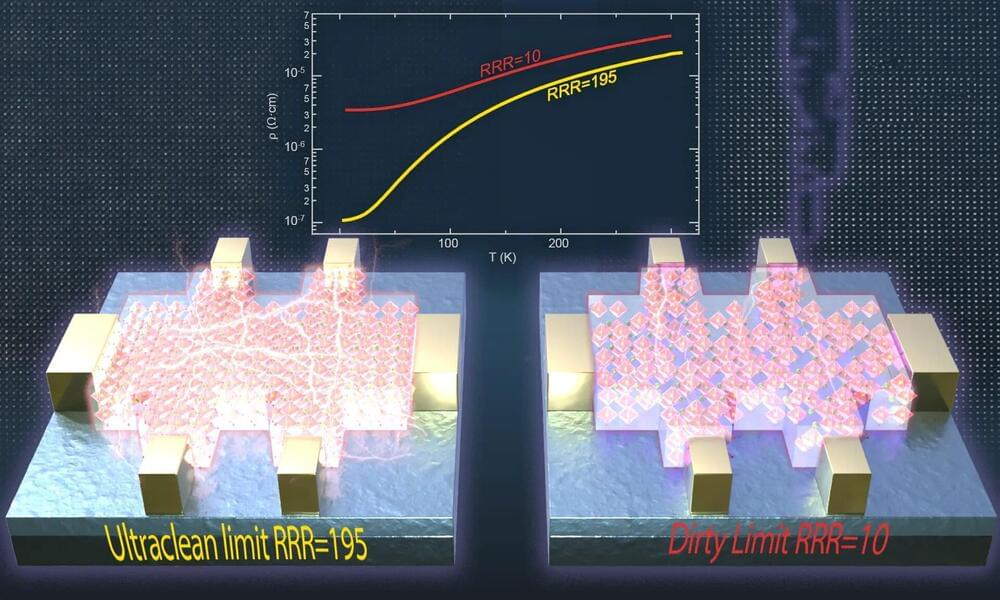
New research uncovers hidden phenomena in ultra-clean quantum materials
In a paper published today in Nature Communications, researchers unveiled previously unobserved phenomena in an ultra-clean sample of the correlated metal SrVO3. The study offers experimental insights that challenge the prevailing theoretical models of these unusual metals.
The international research team—from the Paul Drude Institute of Solid State Electronics (PDI), Germany; Oak Ridge National Laboratory (ORNL); Pennsylvania State University; University of Pittsburgh; the Pittsburgh Quantum Institute; and University of Minnesota—believes their findings will prompt a re-evaluation of current theories on electron correlation effects, shedding light on the origins of valuable phenomena in these systems, including magnetic properties, high-temperature superconductivity, and the unique characteristics of highly unusual transparent metals.
The perovskite oxide material SrVO3 is classified as a Fermi liquid—a state describing a system of interacting electrons in a metal at sufficiently low temperatures.
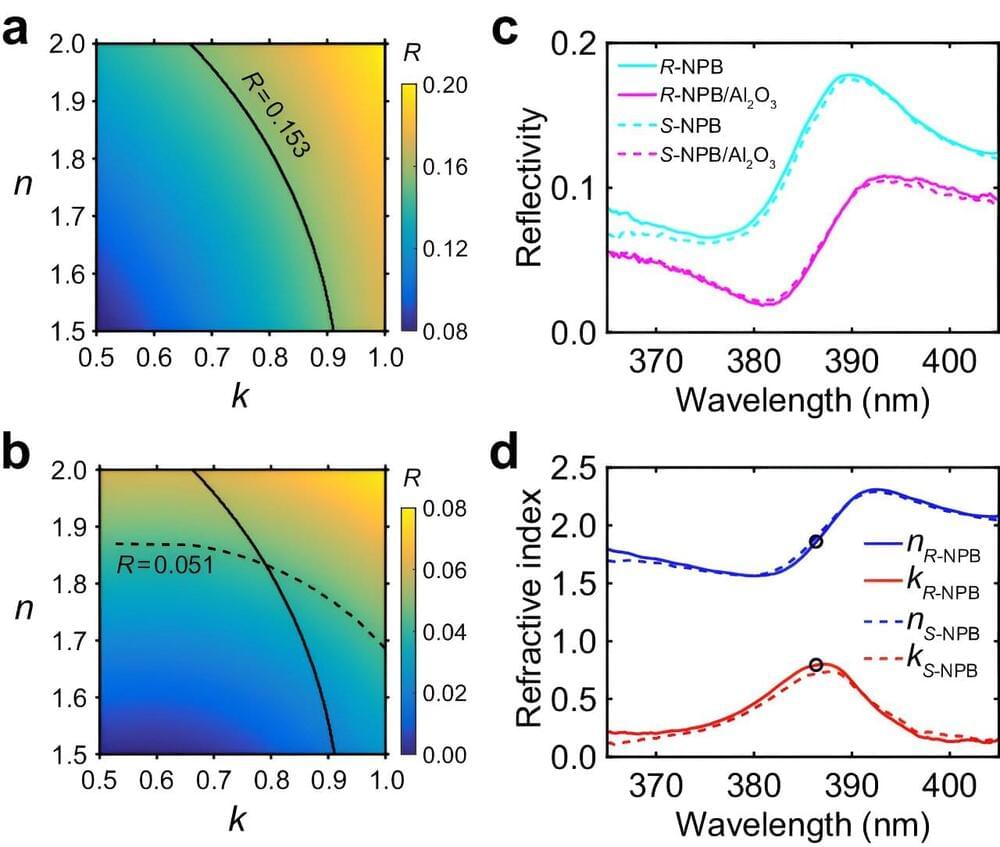
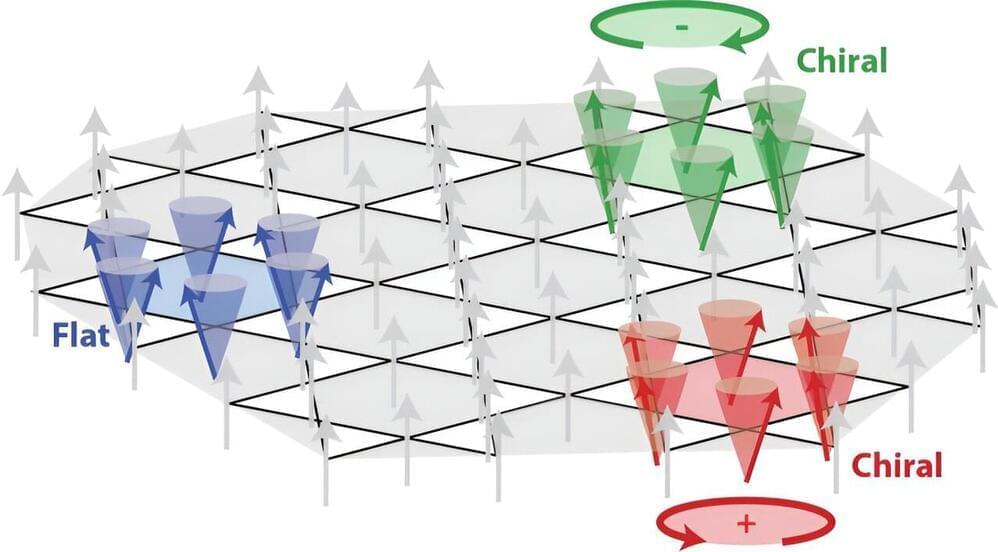
Researchers find unexpected excitations in a kagome layered material
“People are always searching for chiral ground states,” McQueeney said. “The reason we use the concept of quasiparticle here is because it is a way of transmitting energy or information, like an electron is a quasiparticle, and we can send it from point A to point B, carrying some information.
A chiral quasiparticle would have other attributes to it. It would have a handedness, for example, and so you could think about novel ways to, say, transmit information from point A to point B, which didn’t involve moving a charge, but moving some chiral signal.
Discovering this new chiral excitation was especially exciting for McQueeney, You don’t expect it to be there, he said. And we still don’t understand why it’s there. As a matter of fact, we’re setting up other experiments to look for it in other materials.
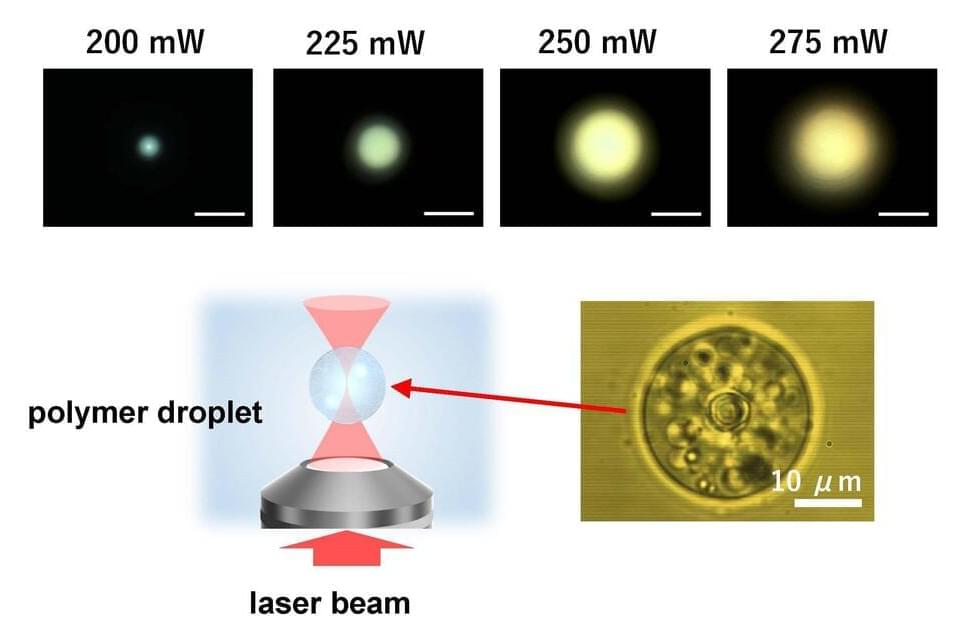
Do protons decay? The answer might be on the moon
Does proton decay exist and how do we search for it? This is what a recently submitted study to the arXiv preprint server hopes to address as a team of international researchers investigate a concept of using samples from the moon to search for evidence of proton decay, which remains a hypothetical type of particle decay that has yet to be observed and continues to elude particle physicists.